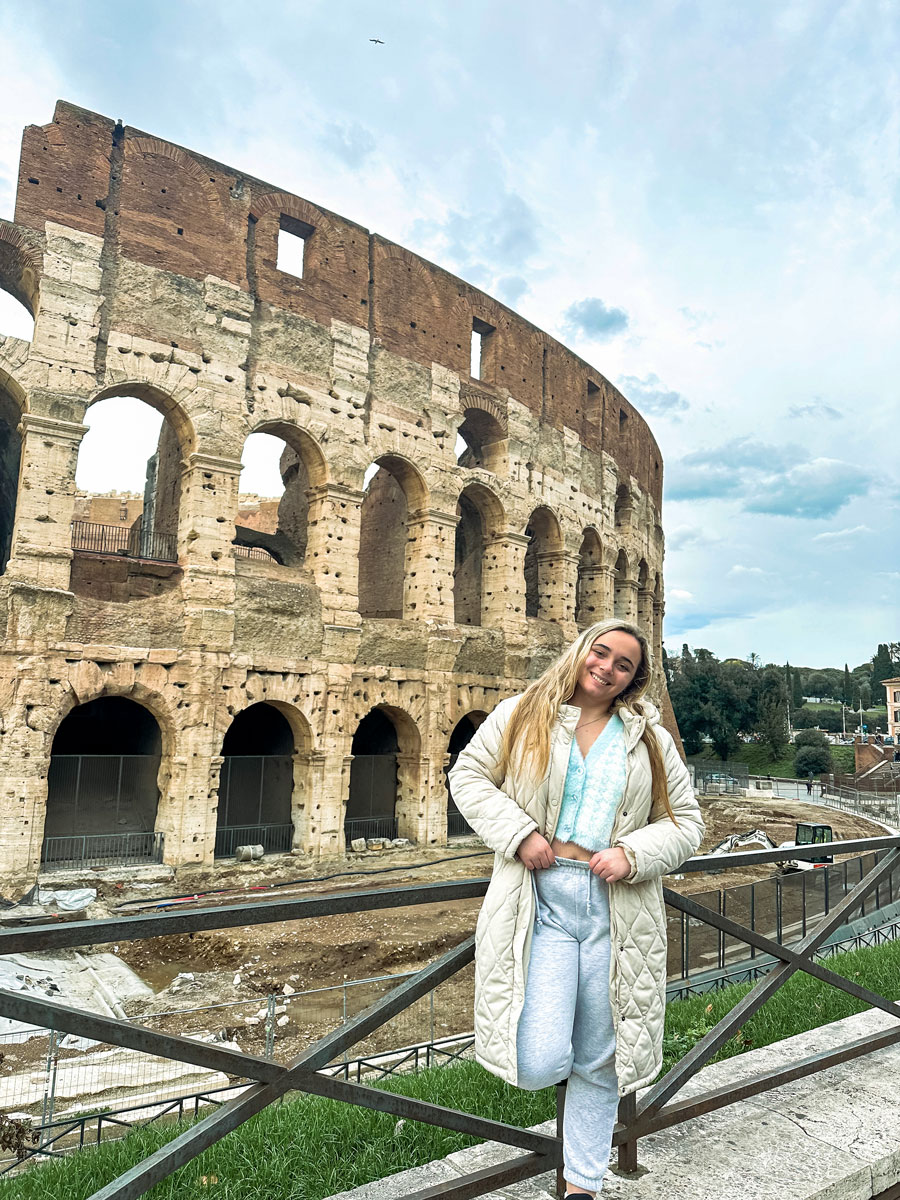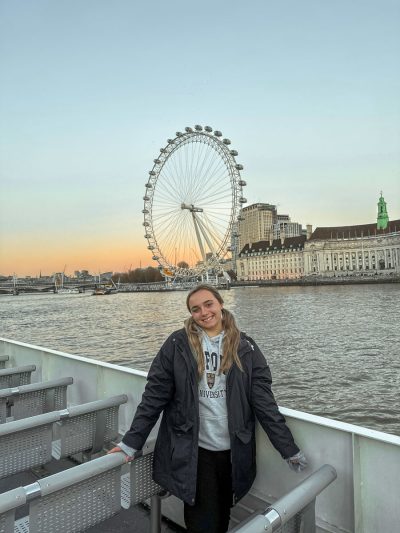As NAIDOC Week 2024 approaches, the celebrations not only honour the rich history, culture, and achievements of Aboriginal and Torres Strait Islander peoples but also shine a light on inspiring individuals making a difference within their communities.
Among these trailblazers is Charlise Buddingh, a proud Wiradjuri woman from Wagga Wagga, who is navigating her first year of medical school at the University of New South Wales (UNSW).
Charlise’s journey is about resilience, passion, and the profound impact of cultural heritage on her burgeoning medical career.
Charlise’s story begins on Awabakal land in Newcastle, where she grew up before transitioning to Bidjigal land at UNSW. Her connection to her Wiradjuri heritage is a cornerstone of her identity and aspirations.
Reflecting on her inspiration to pursue a career in medicine, Charlise said that during Year 11 and 12 she had the amazing opportunity to do a school-based traineeship at her local hospital as an Assistant Nurse.
“Working once a week, I fell in love with healthcare,” she explained.
“Every shift was different, and I got to meet people from all walks of life.
“I especially loved working on the postnatal and antenatal ward, helping mothers and babies during such a special time in their lives.”
Charlise’s experiences working with Indigenous patients profoundly influenced her career choice.
“Being able to provide cultural support to Indigenous patients was incredibly rewarding.
“From working on that ward, I knew I wanted to pursue women’s health or obstetrics and gynaecology, ideally in a rural setting where I could make a significant impact.”
Moving away from her family and friends in Newcastle to study at UNSW posed its own set of challenges for Charlise.
“I missed the support from my loved ones and my pets, Bluebell and Crystal,” she said.
Adjusting to a new environment and finding a study routine that worked for me was tough.”
However, Charlise’s determination and adaptability have helped her navigate these obstacles.
“I’m still experimenting with different study techniques, but I’m confident I’ll find what works best for me.”
Charlise recalls a pivotal moment during a night shift on the paediatric ward that reaffirmed her decision to become a doctor.
“A patient was de-escalating, and I quickly acted to call for a rapid response,” she explained.
“My hands-on experience as an Assistant Nurse and my studies enabled me to provide crucial help to this child.
“From my knowledge from university I was able to help out the doctors and nurses, and this resulted in a good outcome for the patient.
“I remember vividly how thankful this mother was for me being there for both her baby and her during that time, and she mentioned that she had never felt more safe and heard when I was looking after her and her child.
“I went home after this shift feeling so fulfilled and excited for my future, knowing I was on the right path.”
For Charlise, NAIDOC Week holds a special place in her heart.
“It’s a week to celebrate my culture, background, and mob with my friends and family,” she said.
“We usually gather around a campfire, make damper, and have a yarn about everything and anything.”
NAIDOC Week is also a time for reflection and appreciation of the rich and diverse Aboriginal culture.
“It’s a time for both Aboriginal people and our wider community to appreciate our heritage and what we have overcome.”
Charlise’s message to other First Nations people considering a career in medicine is one of encouragement and hope.
“If you’re interested in healthcare, definitely consider it as a career,” she enthused.
“It’s a challenging degree, but it’s incredibly worthwhile when you’re helping care for your community and mob.
“We need more Indigenous voices in medicine to ensure culturally safe care for all.”
Charlise is particularly drawn to general practice because of its diversity.
“I have a big passion for women’s health and ob/gyn, and being a GP allows me to incorporate both,” she explains.
A rural placement with the Rural Doctors Network further solidified her interest in working in rural areas.
“Visiting different health centres, Aboriginal medical centres and hospitals in rural NSW was an eye-opening experience. It made me consider rural practice as a future career path.”
Looking ahead, Charlise envisions herself as a dedicated and culturally sensitive doctor.
“In 10 years, I hope to be in a specialty I love, and in a workplace where I feel accepted and valued,” she said.
“I want to be the best doctor I can be for my patients while maintaining a strong connection to my culture, mob, and family.
“I also hope to have a close-knit group of friends and continue my hobbies, like baking.”
Charlise’s dedication to medicine, commitment to her culture, and vision for a future where Indigenous voices are integral to healthcare serves as a powerful call to action for other First Nations students
As she continues her path, Charlise embodies the spirit of NAIDOC Week—celebrating the past, acknowledging the present, and paving the way for a brighter, more inclusive future.





